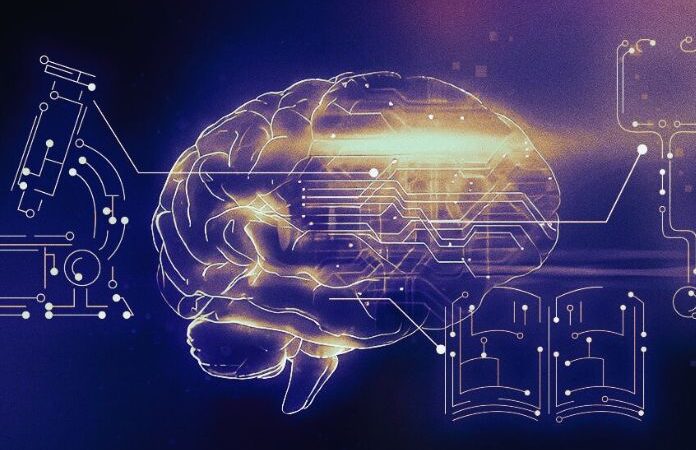Data Analytics, How Data Analysis Has Evolved And Its Examples

Data Analytics – or data analysis – represent, for companies, an essential tool capable of optimizing performance and enhancing one’s business. How? To cite one example, it is possible to identify customer trends and detect their degree of satisfaction through data analysis. And based on this information, they define ad hoc strategies and take targeted decisions, which lead to the development of products, solutions and services that are increasingly in line with market demands.
Table of Contents
What Are Data Analytics
The term “Data Analytics” refers to the analysis of all that mass of raw data (i.e. just collected, not yet processed) that enters the company and which includes – among others – information on customers, employees, products, services, the trend of marketing activities, sales and much more. The process on which Data Analytics is based includes precise steps. First, the criteria by which it is intended to categorize the data must be predefined: in the case of people, for example, the requirements will concern the age of the subjects, gender, and place of origin.
The second step, on the other hand, concerns the method of data collection, which can take place – to list a few sources – through company personnel or the Web. Once collected, the data must be organized to be easily analyzed: the organization can take place on spreadsheets or through other software capable of acquiring statistical data. Finally, before proceeding with the analysis, the data is “cleaned”, verifying that there are no duplications or errors and that they are complete. But let’s get to the actual analysis, of which there are four types that respond to everything a company needs to know to make the gears of its complex mechanism work best.
- Descriptive analysis is the simplest form of analysis, the first step. The one that translates the raw data into a first series of understandable blocks to describe what happened in a given period: has the number of views increased? Is the sales performance going better this month than the previous one? The descriptive analysis serves to understand, not to make estimates.
- On the other hand, the diagnostic analysis examines the data in more depth to understand the root causes of events. It helps determine, for example, which factors contributed to a given result, whether negative or positive.
- Predictive analytics is used to predict future outcomes. This does not mean that it can establish whether an event will occur, but it analyzes whether (and what are) the probabilities that a given event will occur.
- Lastly, prescriptive analysis, thanks to a feedback system that constantly learns and updates the relationship between a given action and a given result, is capable of suggesting all the favorable results according to a specific line of action and, vice versa, of presenting various lines of action to arrive at a good outcome.
Examples Of Using Data Analytics
What is the value of Data Analytics, and which companies – and why – use them? To answer, I think that data analysis is the basis of many quality control systems, that sectors such as accommodation facilities adopt it to make an identikit of their customers or to understand “where” the problems are and how to solve them, that the retail sector, by analyzing the data, can anticipate (and satisfy) the constantly evolving tastes and requests of customers and to predict their behavior, in a continuous process of performance improvement, of the contents, of the advertising messages and, therefore, of the result. Examples of data analytics use include those targeting decision-making, operations flow, marketing strategies, and customer service. In detail:
- optimizing the decision-making process through Data Analytics allows you to put aside hypotheses and assumptions to leave room for planning, precise content choices and the development of products based on accurate information
- making operations more efficient, starting from understanding what the customer wants, translates into saving time and human and economic resources in creating content that, in the end, does not correspond to the interests of its audience
- making marketing more effective thanks to data analysis means a more excellent performance of advertising campaigns to be able to perfect the message and achieve increasingly significant results
- improving customer service means, on the other hand, adapting, and tailoring initiatives, activities and services to the needs of your audience, thus laying the foundations for building ever more solid and lasting relationships with them
Technologies For Data Analytics
Today, advanced analysis technologies allow us to obtain more in-depth information from the data. And faster. These technologies include, in particular, machine learning, data management, data mining and predictive analytics. Specifically, machine learning – or ” automatic learning ” – through the use of algorithms capable of “self-learning” in a completely autonomous way, allows applications to acquire enormous quantities of data and analyze them at speed unthinkable for the human brain, reaching specific results without someone explicitly programming the system for that purpose. Data management pertains to the direction of the entire flow of data, incoming and outgoing.
Essential for a correct organization, this technology makes it possible to collect all data in a central management platform, where they remain available for use and accessible, if needed, to the entire company. Data mining (from the English ” data extraction “), on the other hand, refers to that set of techniques and methodologies which have as their object the ordered extraction of information starting from large quantities of data through automatic or semi-automatic methods. Automatic, identifying patterns and detecting the relationships between specific elements. Finally, predictive analysis technology, using statistical algorithms and machine learning, ensures that, based on historical data, it is possible to make future predictions and predict the occurrence of specific results.
Also Read: Why Is SEO For E- Commerce Important? And Its Fundamental Rules






